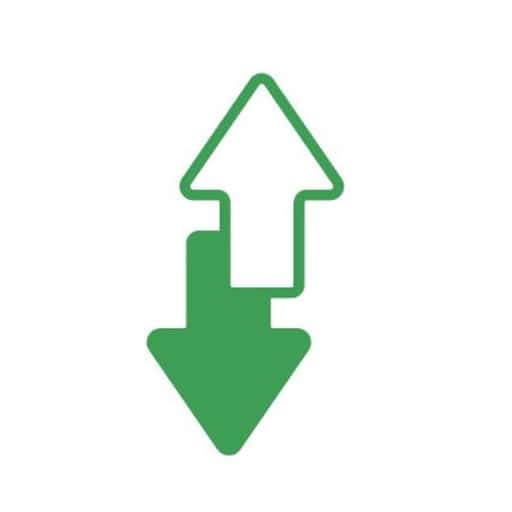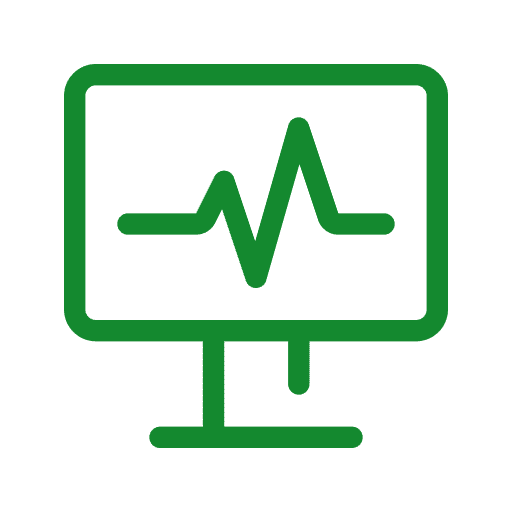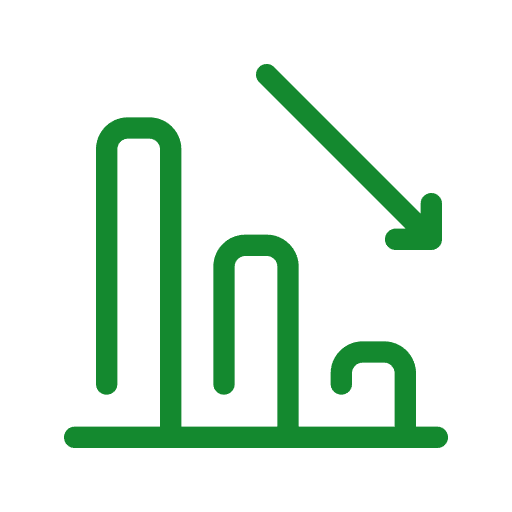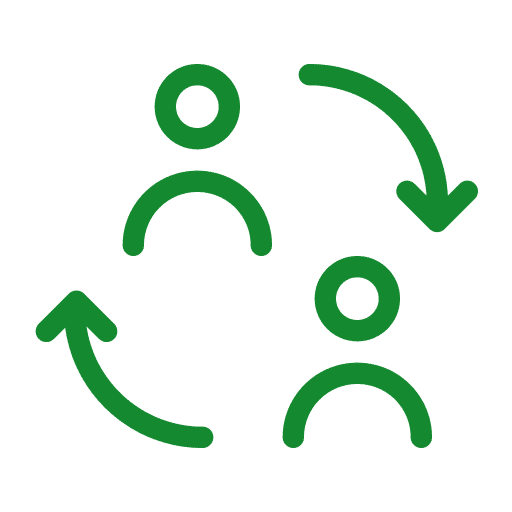Designing for more circular and dematerialised user models are key aspects of the product development process. Using the Laerdal Future Fit model, our development teams are focusing on design solutions which lead to a more sustainable product. They are finding alternative ways to reduce the amount of plastic used, making good choices on plastic types, including using non-virgin plastic where possible, and ensuring the products are designed to be easy to service and upgrade. But sustainability is not just about the product; it is also about reducing the amount of packaging material necessary and choosing sustainable packaging.
We have developed the ZeroAim Sustainability Guide to aid us in providing relevant direction to designers and engineers. Its purpose is to help to evaluate and compare multiple concepts and design more sustainable products. The guide also helps us to think about the impact of our decisions through-out the lifetime of products. Through integrating this tool, sustainability is not an add on, it is a core development feature.



 Cloud-based solutions from B-Line Medical
Cloud-based solutions from B-Line Medical




 Helping save lives
Helping save lives A vision with action
A vision with action  Measure to improve
Measure to improve Carbon neutral
Carbon neutral Social responsibility
Social responsibility